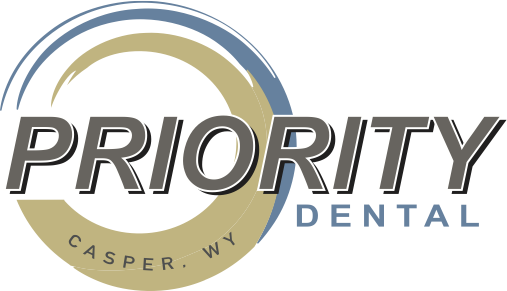Does your heart start pounding at the slightest thought of having a cavity filled? Do you get sweaty palms when you pass a dental practice?
Many men and women who have improved their smile with cosmetic dentistry or underwent extensive restoration procedures chose to use sedation. Though the terms ‘sleep dentistry’ and ‘oral conscious sedation’ are commonly used interchangeably, they are not identical. Let’s explore the three main types of sedation used in dentistry.
Nitrous Oxide
The first level uses nitrous oxide, or ‘laughing gas’ as it is usually called. Nitrous oxide has been used in cosmetic dental offices for generations because it is safe and effective. It goes to work at the first inhalation, relaxes the patient during the treatment, but wears off quickly after the mask is pulled off. If you need a little help to get through dental care, but don’t want to be knocked out cold, nitrous may be the best choice.
Oral Conscious Sedation
Oral sedatives don’t start working as rapidly as nitrous oxide, but they help most patients achieve a deeper level of tranquility. These medications, however, do not usually lead to complete unconsciousness. Thus, oral sedatives and nitrous oxide are used in ‘conscious’ sedation. Two of the most prevalent sedatives used by Casper dentists are diazepam and triazolam.
IV Sedation
IV sedation uses medications similar to those used in surgery and results in true ‘sleep dentistry.’ Most patients are oblivious to what is happening in their mouth. IV sedation is often used for care such as root canals, wisdom teeth extractions, and multi-procedure smile transformations. (The sedation will wear off shortly after the procedure, so you won’t need a handsome prince’s kiss to wake you up.)
For more specifics about sedation dentistry, adult braces, tooth implants, or porcelain veneers, call Priority Dental at 307-333-6285.
Contact Priority Dental:
307-333-6285
Location (Tap to open in Google Maps):
1224 E. 2nd St.
Casper, Wyoming
82601

